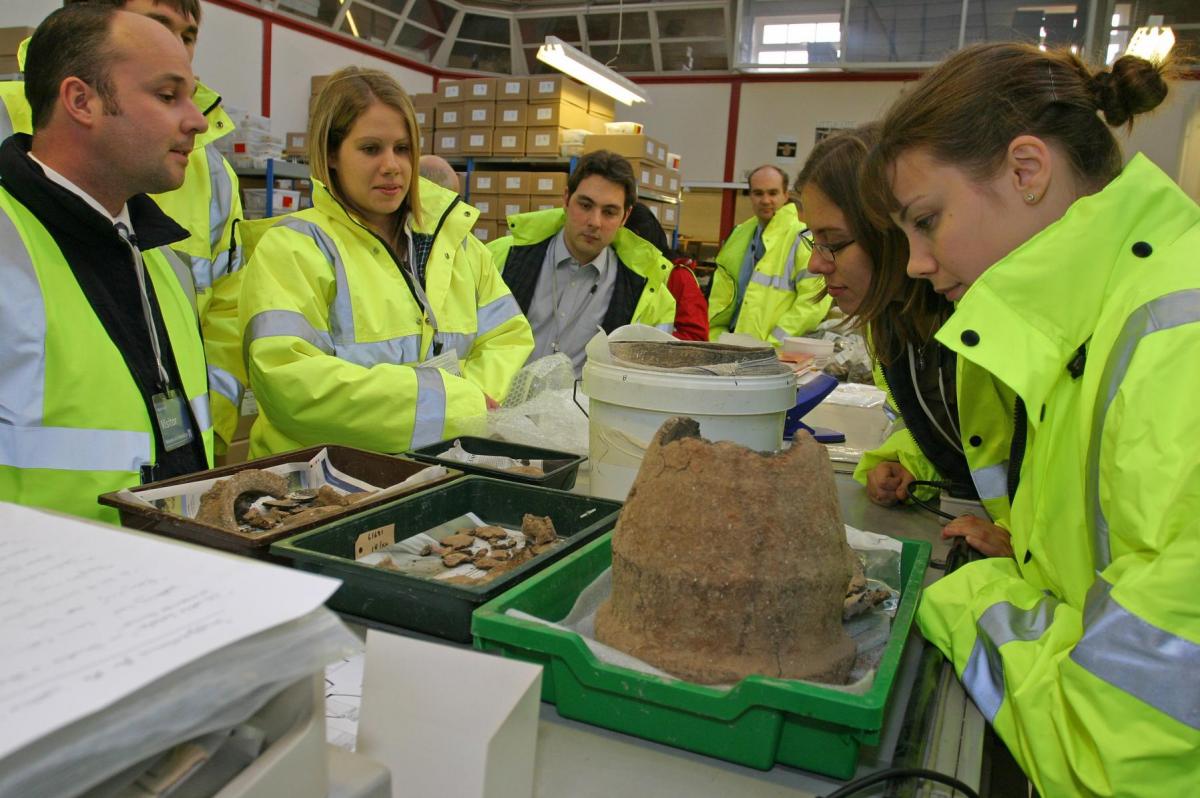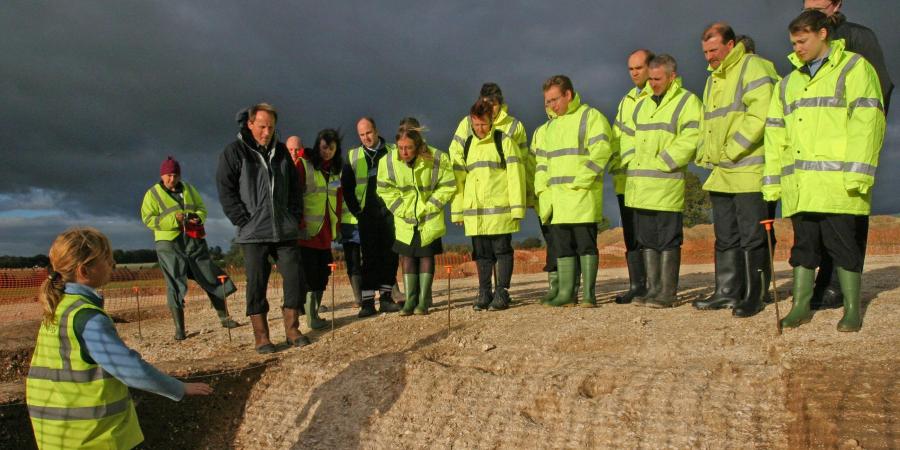Archaeology in the planning and development process
Archaeology has been an integral part of the planning and development process since the introduction of Planning Policy Guidance Note 16 (PPG16) in 1990, which confirmed archaeology as a factor in determining planning applications. Over time this has evolved into the current government policy and guidance for the historic environment as set out in the National Planning Policy Framework (NPPF), which places the emphasis on understanding and conserving the significance of heritage assets as part of sustainable development. This makes the need to consider historic environment constraints, impacts and benefits an imperative from the outset of the development process to avoid unexpected issues at key planning and construction stages. Appointing the right archaeological advisor and maintaining continuity of advice can reap dividends in effective risk management and help identify potential heritage benefits at an early stage. In this series of web pages we will look at the likely requirements and advice you need at each stage of the planning and development process.
Pre-planning application consultancy
Heritage assets include buildings, monuments and sites and their settings, some of which may be protected by law (designated heritage assets) and others which, whilst not statutorily protected, will also require consideration (non-designated heritage assets). Awareness of potential heritage issues prior to acquisition of a development site, even where the site is allocated in the local development framework requires expert advice. A rapid appraisal by an archaeological advisor will highlight statutory constraints such as scheduled monuments or listed buildings, and other heritage issues that will need to be considered in development proposals. As well as designated heritage assets requiring specific treatment under NPPF, understanding the significance of non-designated heritage assets and in particular potential buried archaeological remains is key to early risk identification.
Local planning authorities (LPAs) are required to maintain Historic Environment Records (HERs) and to have a planning archaeologist to advise them on heritage issues. Pre-application consultation with the LPA planning archaeologist is recommended to confirm the requirements for any archaeological information to support a planning application. Usually a desk-based assessment (DBA) will be needed to identify known and potential archaeological and built heritage assets, their significance, and the extent to which the development proposal would affect them. This will result in a heritage statement for inclusion as part of an environmental statement and/or a design and access statement. A heritage statement is usually required in order to allow validation of a planning application, even where historic environment effects have been ‘scoped out’ of any Environmental Impact Assessment (EIA).

Archaeological evaluation
Pre- or post-planning application determination
As well as desk-based research, additional archaeological evaluation surveys may also be necessary at this stage to assess the significance of the heritage assets likely to be affected by the development, particularly where buried archaeological remains may survive. These surveys are often required pre-determination so the LPA can make an informed decision, in accordance with the National Planning Policy Framework. The planning archaeologist will usually issue a brief or specification for the required work, which will allow the archaeological advisor to prepare and price a Written Scheme of Investigation (WSI). The WSI will need to be approved by the planning archaeologist before the work is carried out in order to ensure the work will meet the LPA’s requirements. It is also worth considering if a community engagement programme would be beneficial and help raise the profile of the site.
Geophysical survey and trial trenching are the most common forms of survey for buried archaeological remains. Standing buildings may require a specialist built heritage appraisal or assessment at this stage. The aim of the surveys is to confirm the significance of surviving archaeological remains or standing buildings and their settings, and the need for and scope of works required to mitigate the effects of development. The archaeological advisor will negotiate and agree the appropriate mitigation works with the LPA planning archaeologist. The results of the surveys and the scope of the agreed mitigation works will be incorporated into the environmental statement or design and access statement if the archaeological evaluation surveys have been undertaken pre-determination.
Archaeological planning conditions
Scope, compliance and discharge
Where heritage assets would be affected by development, planning consent is likely to be subject to a negative condition requiring the implementation of a scheme of archaeological investigation and recording approved by the LPA. This may include further stages of evaluation surveys, particularly if trial trenching has not been undertaken at the pre-consent stage; works to mitigate the loss of archaeological remains, such as a watching brief or excavation & mitigation; off-site analysis and publication of the results of the archaeological work; and deposition of the archive with a repository approved by the LPA (usually a local authority museum).
Again, the archaeological advisor will prepare a detailed design for the further evaluation and/or mitigation work in the form of a further Written Scheme of Investigation for approval by the planning archaeologist. This will include all stages of work that are required, both on and off site. In pricing this work, it is important to note that the costs of off-site works will necessarily depend on the nature and significances of the discoveries on site and it is commonplace for the costs of this stage of work to be adjusted accordingly. The costs of storage of the finds and archive during the analysis phase and deposition charges levied by museums will also need to be considered; the latter in particular can be substantial.
It should also be noted that analysis and publication of the results of complex archaeological excavations can take longer than some development programmes to complete and, furthermore, government funding cutbacks mean there may be delays in museums accepting archives. LPAs will usually not discharge archaeological planning conditions until they are satisfied that both publication and deposition have been secured and funded, this is a common concern when development sites are sold on with extant conditions. The usual approach is to provide written confirmation of the extent to which the approved scheme of work described in the WSI and secured under the condition has been completed and what work remains to allow full discharge of the relevant condition(s). Even where the archaeological condition has been discharged, completion of obligations regarding publication and deposition may be subject to enforcement action by the LPA.
